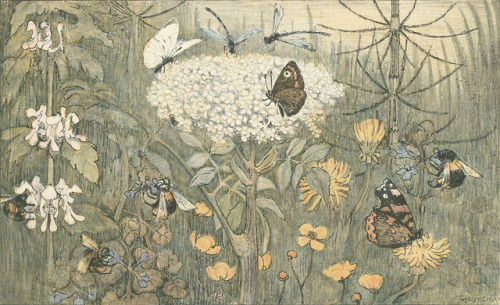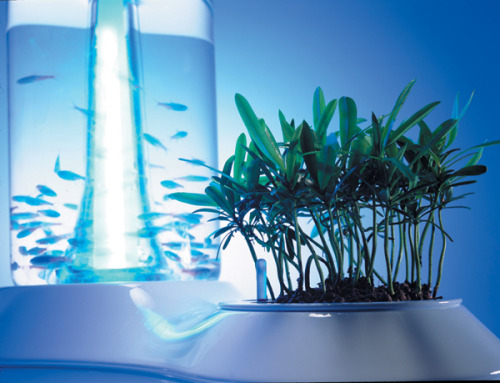#biological
“These donuts may eventually have medical applications as active materials.”
Microscopic, 3-D printed donuts, coated in nickel and platinum may be the key to mimicking biological behaviors and delivering drugs or stir samples in labs-on-a-chip — a miniature device that mimics a full laboratory on a microchip.
Read more at Penn State News.
Post link
Makoto Kobayashi’s organicized reinterpretation of the classic ‘80s IDEON mecha.
https://aaltomies.wordpress.com/2016/05/29/mecha-design-organic-vs-industrial/
Post link
Poster of the Biologische Tentoonstelling (Biological Exhibition) (detail) by Theo van Hoytema, 1910
Post link
Excavation at Kildrummy Castle, Aberdeenshire, 1952-62
http://bit.ly/157JP8d
Notes on the Old Church and Cemetery of Airth, Stirlingshire.
http://bit.ly/178YAHp
[POPULATION BIOLOGICAL STUDIES] First results of the excavation of the burial mound of Petania, Uvea, Western Polynesia
http://bit.ly/1gvuSzx
Lavant stone: a Roman and medieval building stone in West Sussex.
http://bit.ly/13WQaUG
Learn more about Open Access and Archaeology at: http://bit.ly/YHuyFK
Concepts of Genetics- Klug and Cummings


Chromosome and hereditary principles.
Soil is a very precious asset whether it be in your garden or an allotment. Soil has physical and chemical properties that support its biological life. Like any asset understanding its properties is fundamental for its effective use and conservation.
Soils will contain, depending on their origin four constituents: sand, clay, silt and organic matter. Mineral soils, those derived by the weathering of rocks contain varying proportions of all four. But their organic matter content will be less than 5 percent. Above that figure and the soil is classed as organic and is derived from the deposition of decaying plants under very wet conditions forming bogs.
Essentially this anaerobic deposition produces peat which if drained yields highly fertile soils such as the Fenlands of East Anglia. Peat’s disadvantage is oxidation, steadily the organic matter breaks down, releases carbon dioxide and is lost revealing the subsoil which is probably a layer of clay.
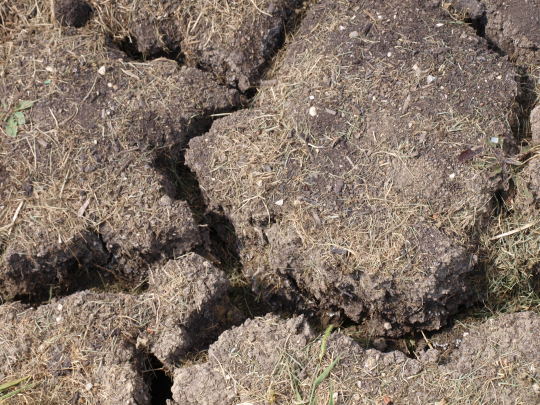
Cracked clay soil
Mineral soils with a high sand content are free draining, warm quickly in spring and are ‘light’ land. This latter term originates from the small number of horses required for their cultivation. Consequently, sandy soils encourage early spring growth and the first crops. Their disadvantage is limited water retention and hence crops need regular watering in warm weather.
Clay soils are water retentive to the extent that they will become waterlogged during rainy periods. They are ‘heavy’ soils meaning that large teams of horses were required for their cultivation. These soils produce main season crops, especially those which are deeply rooting such as maize. But in dry weather they crack open rupturing root systems and reducing yields.
Silt soils contain very fine particles and may have originated in geological time by sedimentation in lakes and river systems. They can be highly fertile and are particularly useful for high quality field vegetable and salad crops. Because of their preponderance of fine particles silt soils ‘cap’ easily in dry weather. The sealed surface is not easily penetrated by germinating seedlings causing erratic and patchy emergence.
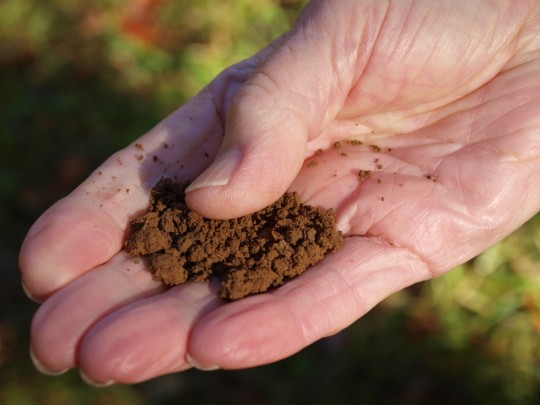
Soil finger test
Soil composition can be determined by two very simple tests. A finger test will identify the relative content of sand, clay and silt. Roll a small sample of moist soil between your thumb and fingers and feel the sharpness of sand particles and the relative slipperiness of clay or the very fine almost imperceptible particles of silt. For a floatation test, place a small soil sample onto the top of a jam jar filled with water. Over 24 to 48 hours the particles will sediment with the heavier sand forming the lower layer with clay and silt deposited on top. Organic matter will float on the surface of the water.
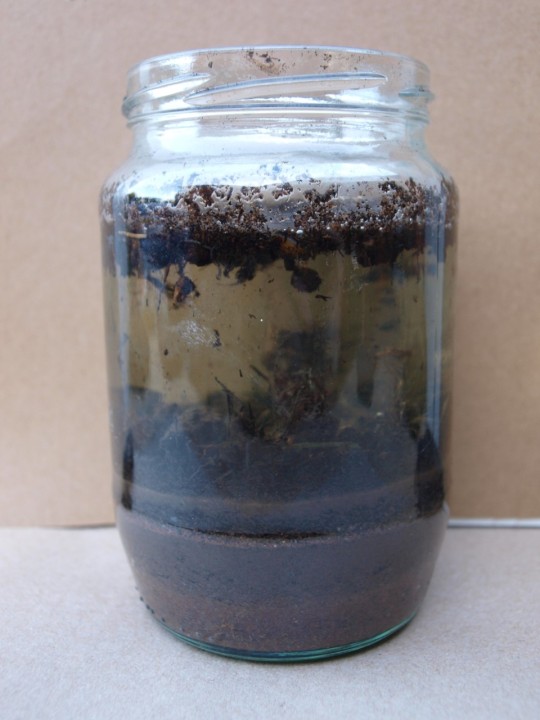
Soil floatation test
Written by: Professor Geoff Dixon, author of Garden practices and their science (ISBN 978-1-138-20906-0) published by Routledge 2019.



